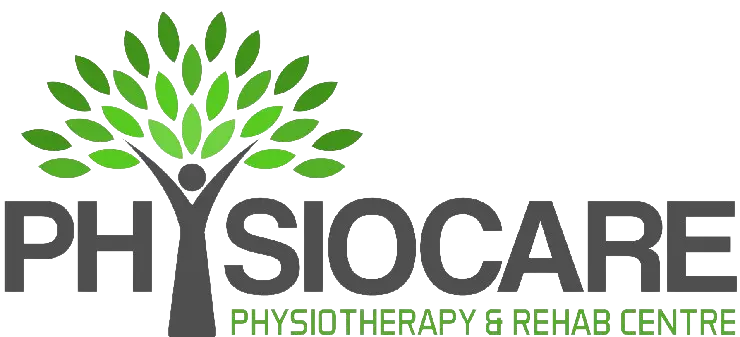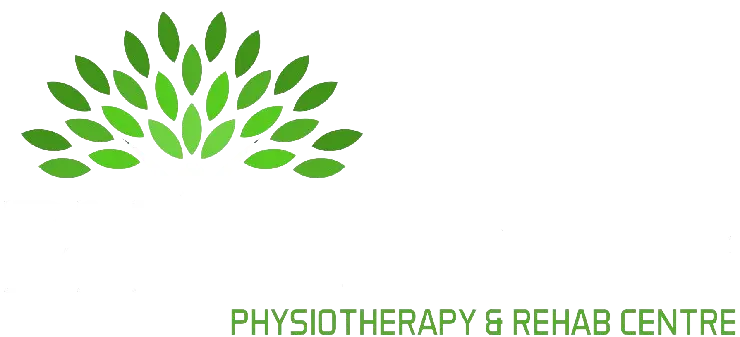
Understanding Physiotherapy for Neck-Related Ear Pain
- By Astha Shah
Ear pain is a common complaint, but when it strikes with a sharp sensation, it can be particularly distressing. While ear infections are often the go-to culprit when we think of earaches, another potential cause that is often overlooked is neck muscle tightness.
Understanding the Link Between Neck Muscle Tightness and Sharp Ear Pain
Sharp Ear Pain Related to Neck Muscle Tightness: Understanding the Connection
Ear pain is a common complaint, but when it strikes with a sharp sensation, it can be particularly distressing. While ear infections are often the go-to culprit when we think of earaches, another potential cause that is often overlooked is neck muscle tightness. Believe it or not, the muscles in your neck can play a significant role in causing sharp, sometimes intense, ear pain. Here’s a closer look at how neck muscles and ear pain are related and what you can do about it.
How Neck Muscle Tightness Leads to Ear Pain
The human body is incredibly interconnected, and the muscles in the neck and head region are no exception. The nerves, muscles, and soft tissues in your neck and upper back are closely linked to the structures in your ear. Here’s a breakdown of how neck muscle tightness can lead to sharp ear pain:
- Referred Pain: The phenomenon of referred pain occurs when pain is felt in an area of the body that is not directly affected. In the case of tight neck muscles, the pain can radiate to the ear because of the shared nerve pathways between the neck and the ear. This means that muscle tension in your neck can result in sharp sensations in your ear, even though the source of the pain is elsewhere.
- Muscle Strain: Prolonged poor posture, repetitive movements, or stress can lead to muscle strain in the neck area. This strain can cause tension to build up in muscles like the sternocleidomastoid, trapezius, or levator scapulae, which can affect the nerves around the ear, leading to discomfort or pain.
- TMJ Dysfunction: The temporomandibular joint (TMJ) is a small joint that connects your jaw to your skull, right next to your ear. The muscles that control this joint also work closely with the muscles in your neck. If these muscles become tight due to stress or poor posture, the tension can radiate to the ear, causing pain that feels sharp or throbbing.
- Cervicogenic Headaches: Tightness in the neck muscles can sometimes lead to cervicogenic headaches, which are headaches that originate from the neck. These headaches can cause pain that extends to the ear, and in some cases, the pain may feel sharp or stabbing in nature.
Common Symptoms of Neck-Related Ear Pain
When neck muscles become tight and start affecting your ears, you may experience a range of symptoms. Here are some of the most common signs to look out for:
- Sharp or Stabbing Pain: This is the hallmark of ear pain caused by neck tension. The pain may come and go or feel constant, and it can often be sharp, like a stabbing sensation.
- Neck Stiffness: Tight muscles in your neck can make it difficult to turn or tilt your head. You may also feel general stiffness or soreness in the neck area.
- Tinnitus: Sometimes, neck muscle tension can trigger ringing, buzzing, or other sounds in the ear, known as tinnitus. This can worsen the sensation of ear discomfort.
- Jaw Pain: Since the muscles of the jaw and neck are interconnected, you may also experience jaw soreness or clicking when moving your mouth.
- Headaches: If the tension in your neck muscles extends to the head, you might develop a headache that radiates to the ear area.
Daily and Functional Activities That Contribute to Neck-Related Ear Pain
Certain daily activities and functional tasks can contribute to or even trigger neck muscle tightness, which in turn can lead to sharp ear pain. Here are some common activities that might be contributing to your discomfort:
- Prolonged Sitting at a Desk: Spending long hours sitting in front of a computer or desk can lead to poor posture, especially if your workstation is not set up ergonomically. Slouching or leaning forward while typing or using a mouse puts excessive strain on your neck muscles, leading to tightness and referred pain to the ears.
- Looking Down at a Phone or Tablet: “Text neck” is a modern phenomenon caused by looking down at smartphones, tablets, or other devices for extended periods. This posture can strain the neck muscles and lead to pain that radiates into the ears.
- Driving: Long periods of driving, especially if you’re craning your neck to see or sitting in a fixed position, can create muscle tightness in your neck and shoulders. This can contribute to discomfort that extends into the ear region.
- Heavy Lifting: Lifting heavy objects incorrectly can put strain on the neck and upper back. Even tasks like lifting a bag, groceries, or furniture can result in muscle tightness, leading to referred pain in the ears.
- Sleeping in an Awkward Position: Sleeping on a pillow that doesn’t provide enough support for your neck or sleeping in an awkward position can result in neck strain. A misaligned sleeping posture can lead to tightness in the muscles, triggering ear pain upon waking.
- Stress and Anxiety: Emotional tension can manifest physically in the form of muscle tightness, particularly in the neck and shoulders. Stress can cause you to unconsciously clench your jaw or hunch your shoulders, which may trigger pain that radiates to the ears.
- Repetitive Movements: Engaging in activities that involve repetitive movements, such as knitting, sewing, or certain physical jobs, can strain neck muscles. Over time, this can cause tension to accumulate, leading to ear discomfort.
- Poor Posture While Watching TV: Slouching or twisting your neck at odd angles while watching TV for long periods can strain your neck muscles. This habitual posture may lead to discomfort that spreads to the ear area.
- Bending Over or Lifting Objects Improperly: Activities like bending over to pick up items or lifting incorrectly can create a sudden strain on the neck muscles, leading to tightness and discomfort. The pain from the muscles can radiate outward to the ear.
Physiotherapy Management for Neck-Related Ear Pain
In Ottawa Physiotherapy is an effective and comprehensive way to manage sharp ear pain caused by neck muscle tightness. Through targeted exercises, manual therapy, and education, physiotherapy can help relieve tension, restore normal function, and reduce the recurrence of ear pain. Here’s a closer look at how physiotherapy can be beneficial:
- Postural Correction: A physiotherapist can teach you proper posture techniques to ensure that your neck and spine are properly aligned during daily activities. Correcting your posture, especially at work or during long periods of screen time, can reduce the strain on your neck muscles and help alleviate ear pain.
- Neck Strengthening Exercises: Weak neck muscles are more prone to strain and tightness. Physiotherapists can design a customized exercise plan to strengthen the muscles in your neck, shoulders, and upper back. These exercises can improve your posture, prevent further muscle imbalances, and reduce muscle tension that may be contributing to ear pain.
- Manual Therapy: Techniques such as soft tissue massage, myofascial release, or trigger point therapy can help relax tight neck muscles and improve blood flow. This type of hands-on treatment is beneficial in releasing muscle knots or trigger points that may be radiating pain to your ears.
- Neck Stretches: Stretching the neck muscles is a fundamental part of physiotherapy management. Gentle neck stretches, such as chin tucks, side bends, and rotations, can help improve flexibility and reduce muscle tightness. A physiotherapist can guide you in performing these stretches safely and effectively to prevent further strain.
- Temporomandibular Joint (TMJ) Treatment: If TMJ dysfunction is contributing to your ear pain, physiotherapists can offer specific exercises and manual techniques to relieve jaw tension. These may include exercises to strengthen and relax the jaw muscles, as well as gentle mobilizations to improve TMJ function.
- Education and Ergonomics: A key component of physiotherapy is educating you on how to prevent the recurrence of neck-related ear pain. This may include advice on ergonomic adjustments for your workstation, recommendations for better sleep positions, and guidance on stress management techniques.
- Dry Needling or Acupuncture: Some physiotherapists may incorporate dry needling or acupuncture to target tight muscles or trigger points. This can be particularly effective in releasing deep muscle tension and promoting relaxation.
- Pain Management Techniques: In addition to physical therapy, your physiotherapist may also use modalities like heat, cold therapy, or ultrasound to reduce inflammation, improve circulation, and relieve pain in the affected area.
Conclusion
Sharp ear pain caused by neck muscle tightness is a condition that many people experience but often overlook. Certain daily activities, from poor posture to repetitive motions, can contribute to muscle strain in the neck, leading to discomfort that radiates to the ears. By understanding the connection between the muscles in your neck and ear, you can take proactive steps to manage and prevent future episodes of pain. Physiotherapy is a highly effective approach to addressing the root causes of neck-related ear discomfort, offering a holistic, non-invasive solution. With the right treatment plan, including posture correction, strengthening exercises, manual therapy, and education, you can alleviate your pain, restore function, and enjoy a pain-free life.
By: Astha Shah, Registered Physiotherapist
Physiocare Physiotherapy & Rehab centre

